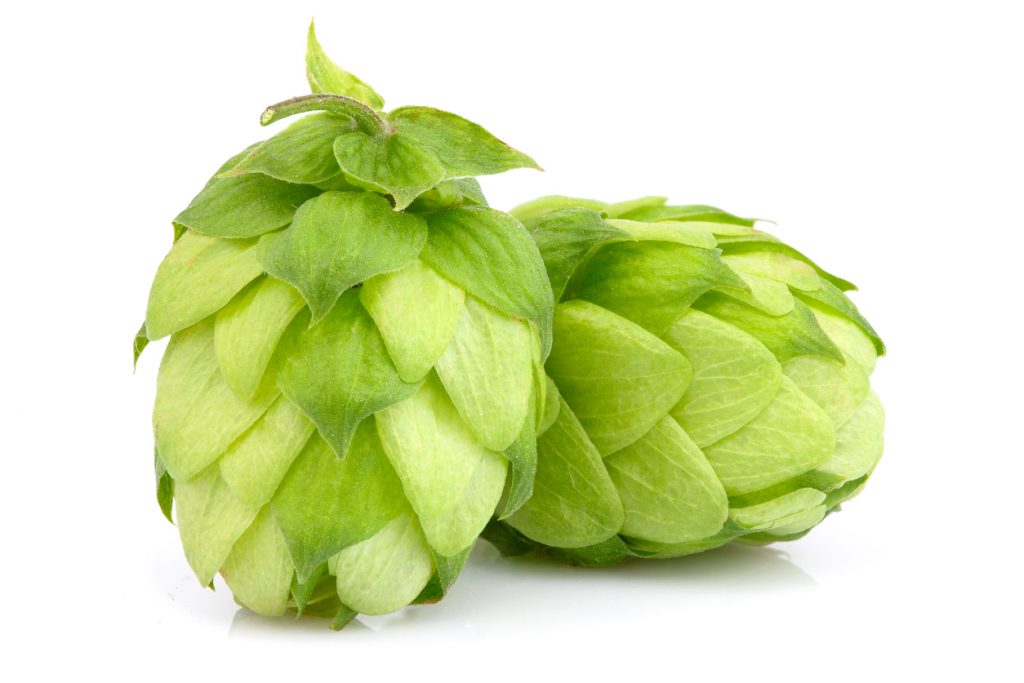This One for the Hop Heads

Hops have always been an important part of beer, perhaps now more than ever due to innovation and cross breeding of varietals. Each week at Bottles we get fresh, new beers that flex uncommon flavors, in large part due to hops. So we took some notes and sharing here how hops build a better beer. To start, hops shape beer flavor in two ways: bitterness and aroma. Bitterness balances a beer against the malt sweetness. A brewer monitors bitterness by the hop flower’s alpha acids, and by how long the hop is boiled. A longer hop boil imparts more bitterness, much like an over-steeped tea. The English, lovers of tea and ale, took this principle to the max with a style of beer they created during British colonial times: the IPA, or India Pale Ale. They over-hopped the ale because alpha acids work as a preservative. When the beer arrived in India the extreme bitterness had faded, but the beer still tasted fresh. Today IPA’s are sold and served young, and the over-hopped brew brings that tingly-zing shock to your tastebuds that many hop heads crave.
Aroma, and by virtue taste, is the another way hops influence a beer’s character. Have you ever found a beer to smell like grass or orange peel? That was hops. How about tasted like a pinecone, or asked yourself if there was pineapple or mango in the beer? Nope, that’s hops. Brewers unlock the intense scents and fruity flavors of the hop leaf by adding it at a lower temperature. One method is dry-hopping, when brewers add hops after the wort has cooled, releasing the intense, raw resin of the flower. Consider the tea analogy, in how brewers can steep the hop-tea to add a finishing touch. The results are as endless as there are varieties of hops, which have exploded in recent years from cross-bredding. As brewers chase down new varietals, new beers come to the market. At Bottles, we noticed breweries are putting the hop varieties on the label, a fun way to share with beer fans a little bit of the magic behind the curtain. Here are six hop varieties we like a lot and how they shape a beer’s taste.
Cashmere – Developed as a cross between two classic Washington hops, Cascade and Northern Brewer, Cashmere adds a lemon and lime like twist. Quite unique! The sharp notes pair well in beer styles that are more extreme, like sour or fruited ales.
Citra – Like the name sounds, this hop variety imparts aromas and flavors like citrus fruits, as well as notes of peach and lychee. Grown in Washington, the intense fruit flavor does not come with an extreme bitterness. Sierra Nevada often uses this hop, like in the Torpedo or Hazy Little Thing, and Common Roots Bright Light is hopped 100% with Citra.
Galaxy – From Australia, this variety is similar to Citra for the citrus like qualities, but comes in a bit more bitter. Southern hemisphere grown hops mean brewers can source fresh hops twice a year. You will see Galaxy be used more in Spring and early summer beers. Kane Party Wave is a local beer brewed with Galaxy hops.
Vic Secret – Another hop flower from down under, this varietal is a bit more mellow than Galaxy, with piney, resinous notes. Carton’s The Hook is a fine showcase of the sharper notes of Vic Secret balanced against a wheat malt.
Mosaic – Similar to Citra and Galaxy, the citrus notes have also known to be matched by a berry and bubblegum aromas. Mosaic is one of the most popular hop varieties grown in the US because it has high enough alpha acid levels to use to bitter the boil. Bolero Snort’s Moom Meeting beer flexes Mosaic front and center, and is one of the hops in Forgotten Boardwalk 1916 Shore Shiver.
El Dorado – A hop breed that is a true duel threat: high alpha acids make this a potent bittering agent during a long boil, but when added at the end of the boil imparts tropical, candy notes on the nose. Look for this complex hop in Stone Delicious IPA, Departed Soles Bumper Hops, or Common Roots Pillow Gossip.

